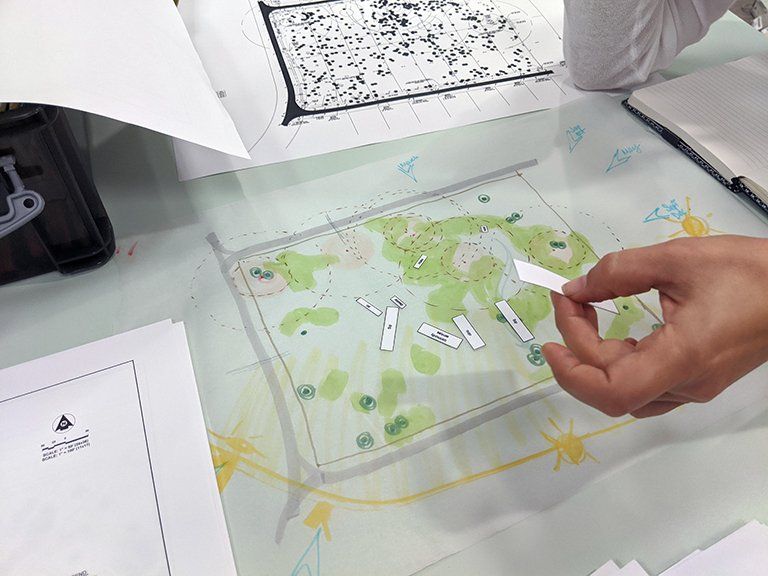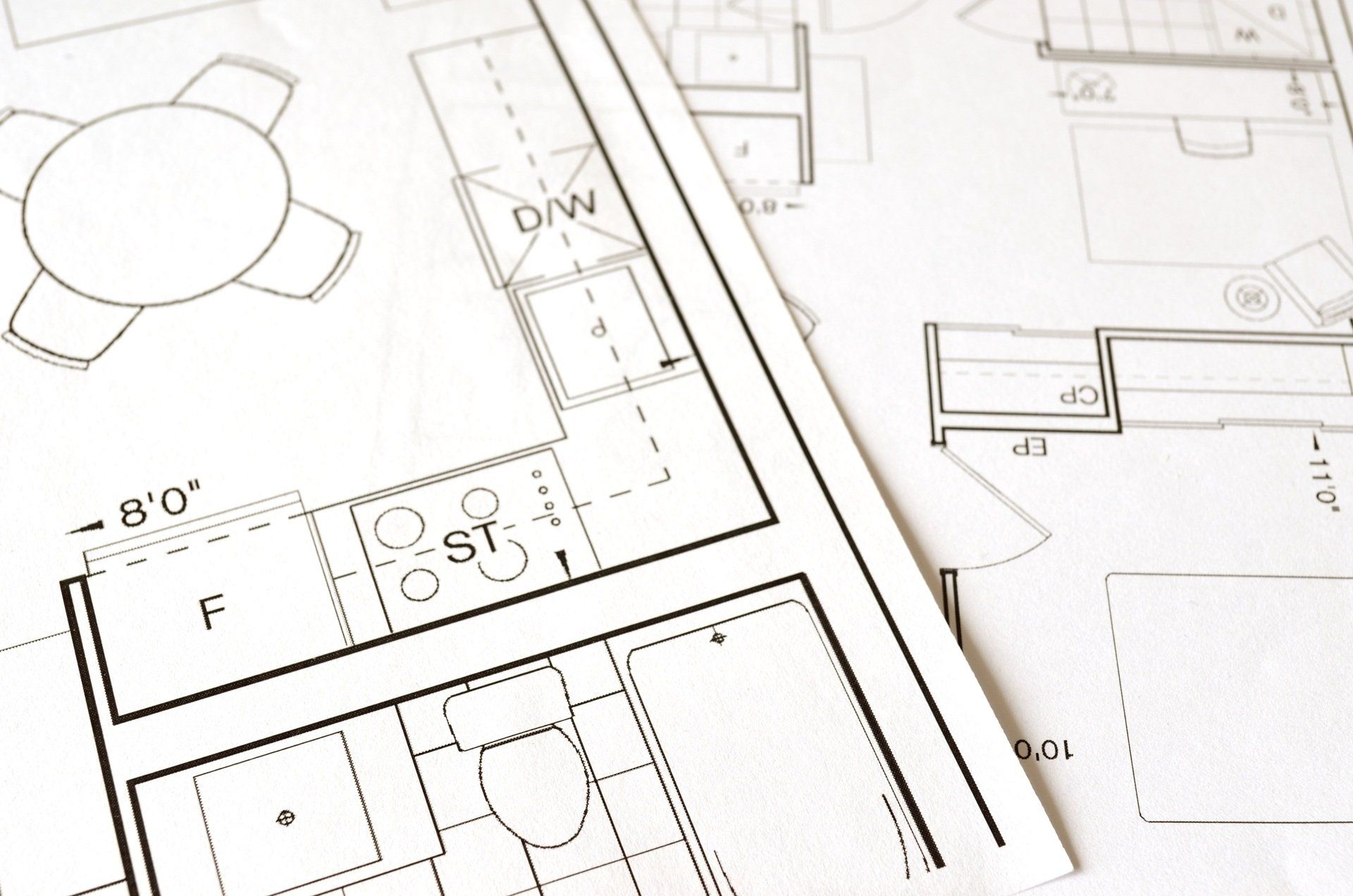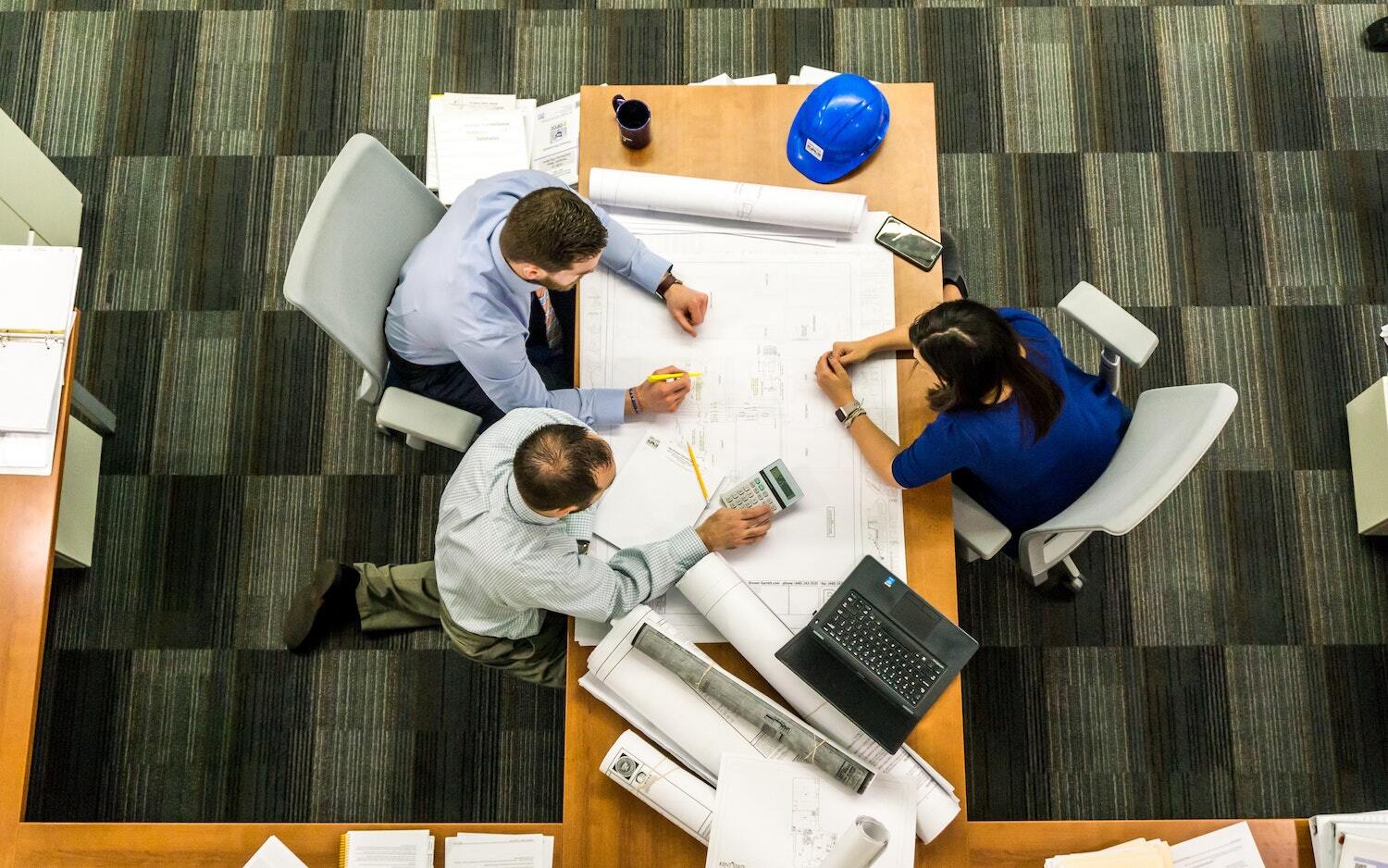Schimberg Group
Architecture & Interior Design
1421 5th Street, Unit D
Sarasota, FL 34236
An architect’s advice for non-profits as they recover from the Coronavirus crisis
The non-profit world will need to re-think multiple issues.

As restrictions begin to relax, the non-profit world will need to re-think multiple issues:
- How to address systemic challenges pertinent to their cause
- How to attract donors for capital campaigns
- How to grow quickly in times that may require their services more than ever
- How to safely contribute cultural arts to their community
These are not only difficult challenges, but potentially difficult decisions for organizations to make moving forward.
As an architect who works with several non-profit organizations, I wanted to share my ideas, insights, and predictions for the changes we will likely see and offer several suggestions on how to deal with the inevitable impact this will create in our communities, here in Sarasota and beyond.
Master Plan Now
There is no better time than now to take a step back and really think about where your organization is going. How critical is your mission to the needs of the community?
In time, society will begin to provide and need the services that we expect, in order to help ourselves, enjoy ourselves and function as ourselves.
In many cases, the current pandemic has highlighted required needs of our community, whether culturally, socially or physically. These needs force non-profits to consider the opportunity to grow, requiring additional building needs, a rethinking of your current building functionality and possibly future expansion.
There are three factors that impact a master plan design: ownership of property, a board and a structured capital campaign.
With these three important pieces of the puzzle, an organization can grow and positively impact the community it serves.
Ownership of Property
We as architects can help organizations find property and determine the most economical and efficient use for that site.
It may be hard in these times to gather numerous people to visit properties, especially ones that can make thorough decisions. Architects are uniquely suited to help figure out if a site can benefit the organization’s growth for the future. We have the tools to quickly determine the feasibility of a building based on asking the right questions, gathering a program and scope and then inputting this information onto the site through our plethora of computer programs.
Often, we provide this service as front end due diligence gratis, in order to further the organization’s cause and continue their efforts to keep balance and a positive impact in the community.
Board Members
Given our current situation of social distancing, appealing to a donor’s ability for charity is difficult.
More often than not, board members are also major donors. They become the glue that keeps non-profit organizations together. It is critical for the architect to understand how to work with these board members with these new parameters.
As a rule of thumb, communication on a regular basis should be a standard practice. Constant updates and schedules sent through emails or video conferencing is a must in order to keep momentum and not lose sight of the ultimate goal.
Structured Capital Campaign
At the end of the day, it always comes down to money. What is the cost of the project?
This impacts the decision to move forward, its impact on financial reserves and board members’ comfort levels on whether or not the organization should decide to build.
The key to working with a non-profit is to understand that when they ask for the cost, that does not just mean the construction cost. They also need to know soft costs, FF&E costs (fixtures, furniture and equipment), maintenance costs, permitting costs, ancillary fee costs and more.
Our job is to do our best to provide these numbers in as thorough and complete a presentation as possible.
In order to achieve this goal, our unique approach to design incorporates the contractors input early on in the process. This requires the organization to select a reputable general contractor up front, but as a team, the architect and the GC work together to determine the budget and even value engineered design choices from the beginning.
Bidding projects is passé. Negotiating up front, creating a relationship and a collaborative team secures the project’s success from beginning to end. By working with a contractor in the early stages of the design, construction costs are exposed sooner than later, kept in line with a pre-determined budget. Costs are communicated openly, whether regarding changes to the scope or to get approvals as necessary. Teaming with contractors early allows us to design creatively and build a cost effective but aesthetically pleasing structure.
Ultimately, the costs are then used for capital campaigns and to encourage donor interest and philanthropy.
Fees
When working with non-profits, there is a mutual and even given understanding that one reason architects chose a client is because fees are secondary.
Fees need to be fair and reasonable, but in my opinion, it is the architect’s responsibility to make a full commitment to achieve that organization’s goals for a successful project, expanding their needs and contributions to the community.
From the start, there needs to be an understanding that there will be time and money and renderings and documents provided by the architect to further the cause.
We wouldn’t take the project initially if we didn’t believe in the mission and its contribution to society, which makes this approach even more satisfying.
Performing Arts Venues
Unfortunately, as we are seeing throughout the country, there is less inclination to hold major events with large gatherings. Performing arts venues will struggle given the physical challenges of their organization. Outdoor venues will fare better, but there are only so many of those structures and available land to accommodate that need.
This challenge creates a void in reaching potential donors. So to help these organizations with future projects, it will become the architect’s responsibility to create presentations that can be presented to potential patrons and donors through mail or online that will visually pull their supporters into the proposed building. It will be our responsibility to not just design the space well, but to create the format in which a donor sees their name on the wall or a patron’s passion for the organization comes to reality.
Our role will exponentially grow and our responsibility, though challenging to compensate for the lack of events, will include renderings, virtual reality experiences and 3D models that can be visited in person.
Rather than counting on one event to raise money, it will become imperative to take those “events” to the donors and patrons in order to expand capital campaigns.
Renderings
I often say, “A picture speaks a thousand words.” In order to generate interest and even community buzz, renderings can hold the magic key to those doors. People associate best with visual tools.
Talk is good, but pretty pictures are sometimes better. However, in order to capitalize on this approach, an organization needs to be far enough along in the design process to present an accurate depiction of the future plans for development.
These renderings just don’t create themselves. A lot of design and thought goes into even getting a schematic idea of what a master plan or a 3D building model looks like. Don’t wait too long.
Build-up of Donor Money
I believe there is going to be a build-up of donor dollars. As the country is basically on hold, so is our money. We are holding onto it, whether for a rainy day, security or because we just don’t know what’s next.
In time, as certain non-profit organizations start to get a clearer understanding of their needs in the community and how they will survive, money will become available to those that present themselves as most needy and as most prepared to grow and provide community benefits. As they say, the early bird gets the worm. In this case, the most prepared organization will get donor money.
In conclusion, our role as architects is often a pivotal part of an organization’s growth, development, and ongoing success. At different moments in a non-profit’s life, they must expand or move or renovate to accommodate their evolving needs.
Our goal is to provide services that allow organizations to continue to fulfill their mission, whether that is renovating a theatre to serve its audiences or designing and constructing a new building to meet the increased need for therapy. Our services allow these organizations to continue to impact our communities and society as a whole.
Professionally, it’s exciting to think about the opportunities that exist for non-profit organizations, boards of non-profits and executive directors of non-profits to navigate through this new phase of our lives. I’d love to hear from readers as to what they’re learning and finding in their own experiences with their organizations. To share your comments, email barron@theschim.com . Also, don’t forget to subscribe to our newsletter, Methods and Madness , for more insight, information, and visual stimulation for all things architecture and interior design related.
Recent Blog Posts
Website design by Archmark




